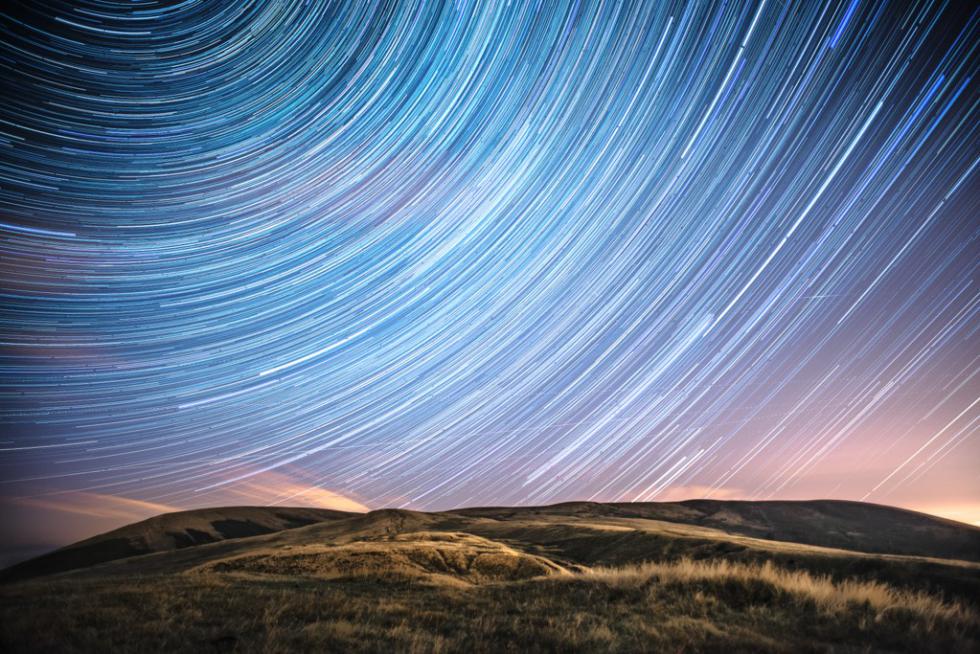The landscapes of the Forest are captivating by day but after the sun sets there’s a whole new world to discover in the dark skies over Bowland.
Truly dark skies are becoming increasingly rare in our crowded little country. Light pollution is creeping into almost every corner of the UK, diluting the pitch blackness of night and obscuring the stars for much of the population.
In 21st Century Britain, many town and city dwellers may never have seen the Milky Way – our home galaxy – and will only catch the faintest glimpse of a handful of the brightest stars.
But there is an antidote to the bright lights of big city living – an oasis of velvety darkness where even the faintest stars in the firmament reveal themselves in all their sparkling glory.
More than half of Britain’s remaining dark skies are in National Parks or Areas of Outstanding Natural Beauty and the Forest of Bowland is among them.
DOWNLOAD A COPY OF OUR DARK SKIES LEAFLET
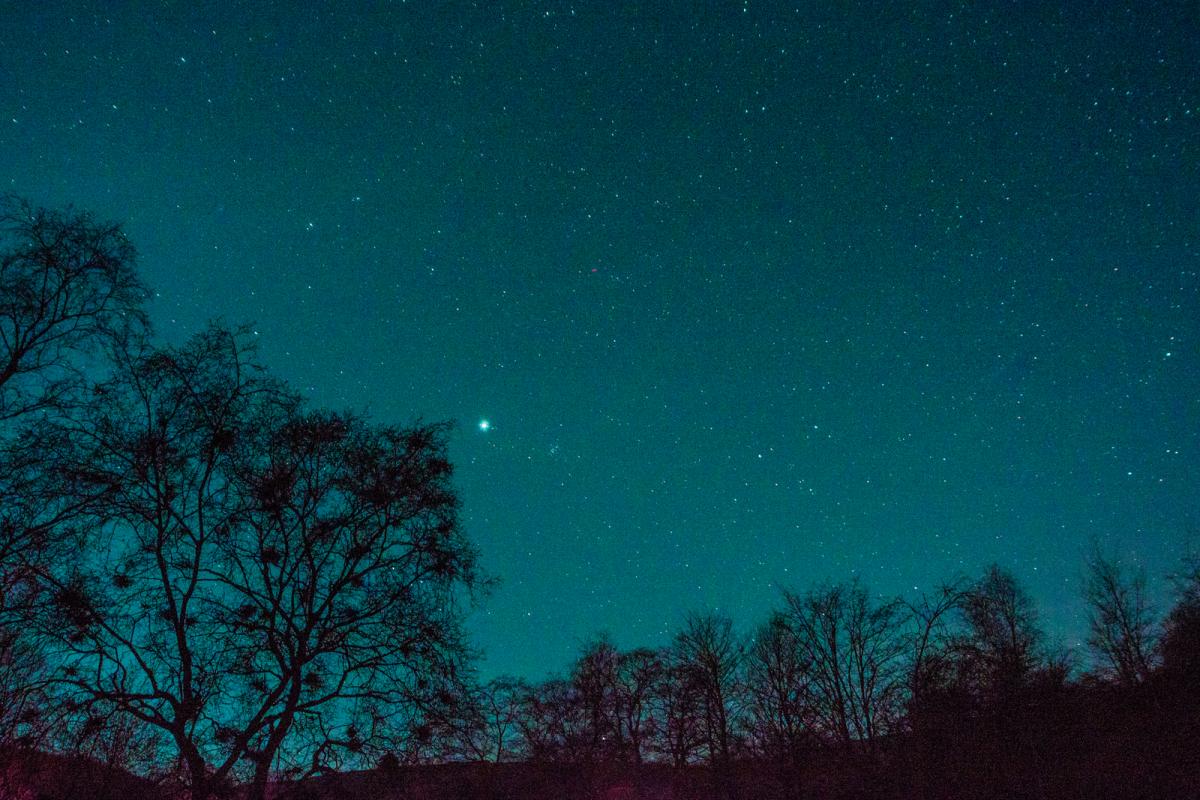 The night skies over Bowland have recently been recognized as some of the darkest in England and granted official status as Dark Sky Discovery Sites.
The night skies over Bowland have recently been recognized as some of the darkest in England and granted official status as Dark Sky Discovery Sites.
On a clear cloud-free and ideally moonless night, the skies above the Forest become home to all manner of legendary figures and mythical beasts. This is the domain of Pegasus, the winged horse, Taurus, the bull, Orion, the hunter, and Andromeda, a beautiful princess.
Most of these groups of stars or ‘constellations’ were identified and named by the world’s earliest astronomers from Ancient Greece or Babylon.
And as well as these often rather tenuous characters in the sky, there’s a whole host of other heavenly objects to look at. Many of the earth’s companion planets in the solar system: Venus, Mars, Jupiter, Saturn and Uranus are visible at various times of year, as are more distant objects like the Orion Nebula and the Great Galaxy in Andromeda.
The winter months, when the nights are longer and the skies are darker, tend to be the best time to stargaze, but events like the Perseids meteor shower in mid-August, when observers can see dozens of shooting stars an hour, also make a real celestial spectacle.
View a series of timelapses and images of the sky above the Forest of Bowland National Landscape, produced by local astroner Robert Ince. (Note video also embedded at bottom of page)
Where To See The Stars
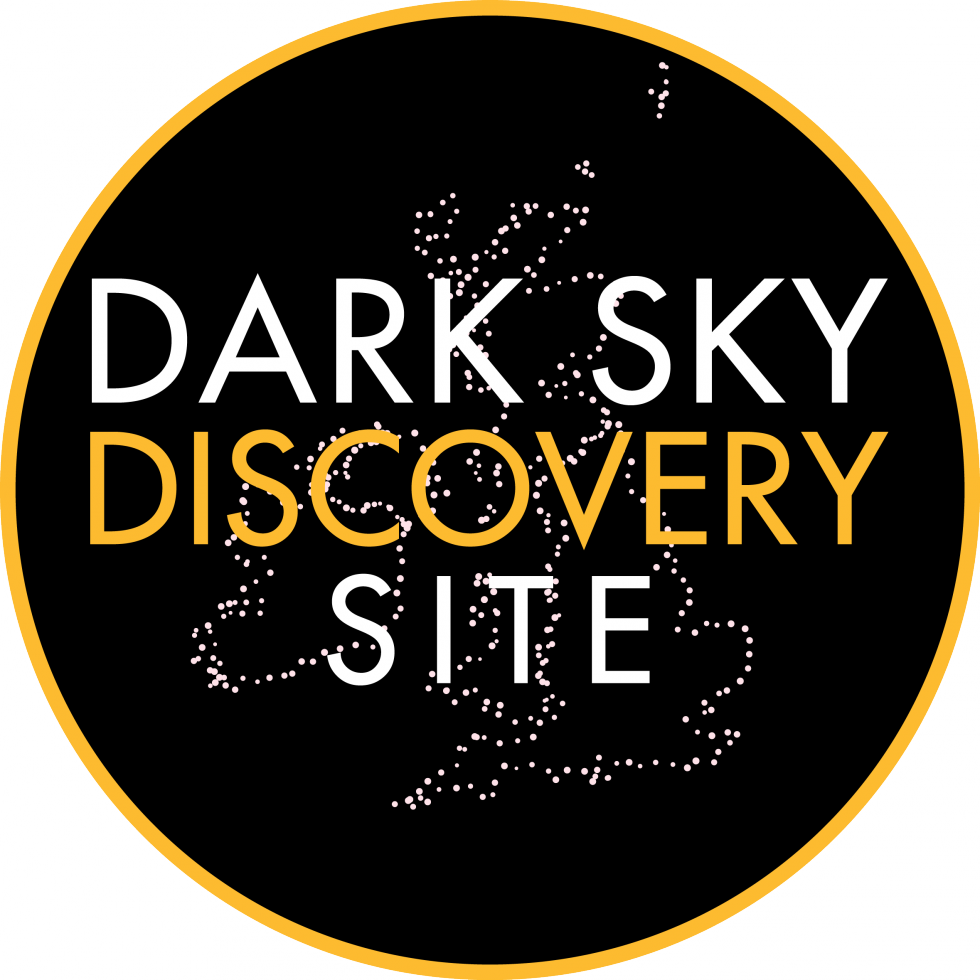 There are five designated Dark Sky Discovery Sites within the National Landscape – all of which have parking and plenty of room to observe the sky: Beacon Fell Country Park, Gisburn Forest Hub, Slaidburn Village Car Park and Crook o’ Lune Picnic Site and at a private business who have gone through the accreditation themselves -
There are five designated Dark Sky Discovery Sites within the National Landscape – all of which have parking and plenty of room to observe the sky: Beacon Fell Country Park, Gisburn Forest Hub, Slaidburn Village Car Park and Crook o’ Lune Picnic Site and at a private business who have gone through the accreditation themselves -
Go to www.darkskydiscovery.org.uk/dark-sky-discovery-sites/map.html to find an interactive map,
or read about the development of Discovery Site status in Bowland here.
Dark Sky Friendly Businesses
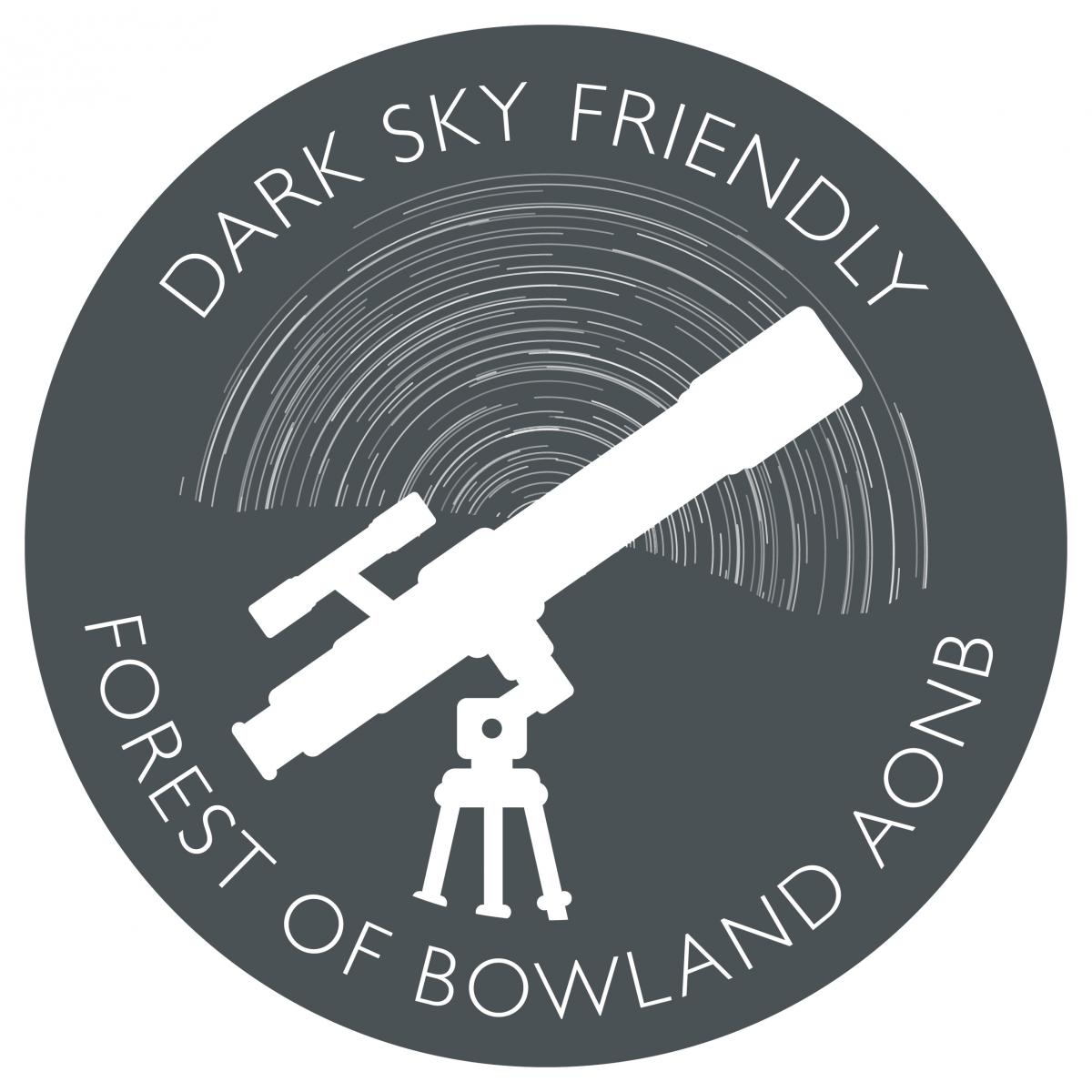 A number of tourism businesses in the National Landscape have become 'Dark Sky Friendly' - this means that they've attended a training workshop run by the National Landscape and local astronomer, are proactivley reducing light pollution at their business, are flexible with guests wishing to star gaze, and can provide information about star gazing in the area. If you're planning a holiday or break away why not have a look at these B&Bs and self catering providers:
A number of tourism businesses in the National Landscape have become 'Dark Sky Friendly' - this means that they've attended a training workshop run by the National Landscape and local astronomer, are proactivley reducing light pollution at their business, are flexible with guests wishing to star gaze, and can provide information about star gazing in the area. If you're planning a holiday or break away why not have a look at these B&Bs and self catering providers:
- Roeburnscar Holiday cottage
- Spread Eagle, Sawley
- Wigglesworth House & Cottages
- Riverside Caravan Park
- Hudsons Ice Cream Shop
- The Shippon Luxury Holiday Let, Thornley
- Bowland Fell Park
- Peaks and Pods
- Little Oakhurst Luxury Glamping
- Outdoors 4 All and Outdoors 4 All Together
- Bowland Wild Boar Park
- Woodend Farm, Dunsop Bridge
- Bowland Retreat Lodges
- Lower Gill Holiday Cottages
- Smelt Mill Outdoor Centre
- Bambers Lodge
- Orchard Glamping
- Laythams Holiday Lets Retreat
If you are a tourism business and would like to find out more about becoming a Dark Sky Friendly Business, please contact hetty.byrne@lancashire.gov.uk
EVENTS
We are working with local amateur astonomer, Robert Ince, who is running a series of events in and around Bowland during 2023.
Please book directly with him here: www.Stargazingevents.com
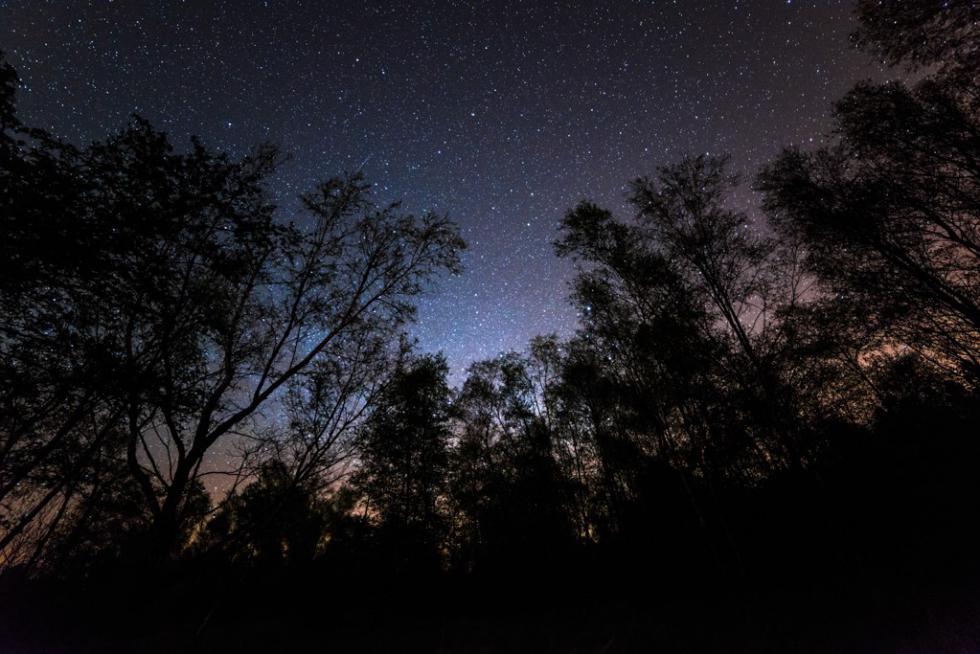 The Stargazers' Calendar
The Stargazers' Calendar
WINTER: the absolute best time of year, when the skies are darkest and the stars at their brightest – and children don’t need to stay up late to enjoy the spectacle. Look out for the Milky Way on moonless nights, stretching like a faint plume of smoke directly overhead.
SPRING: Warmer nights make for more comfortable viewing and long dark nights mean there’s still plenty to see. Look out for spring constellations like Leo and the Plough.
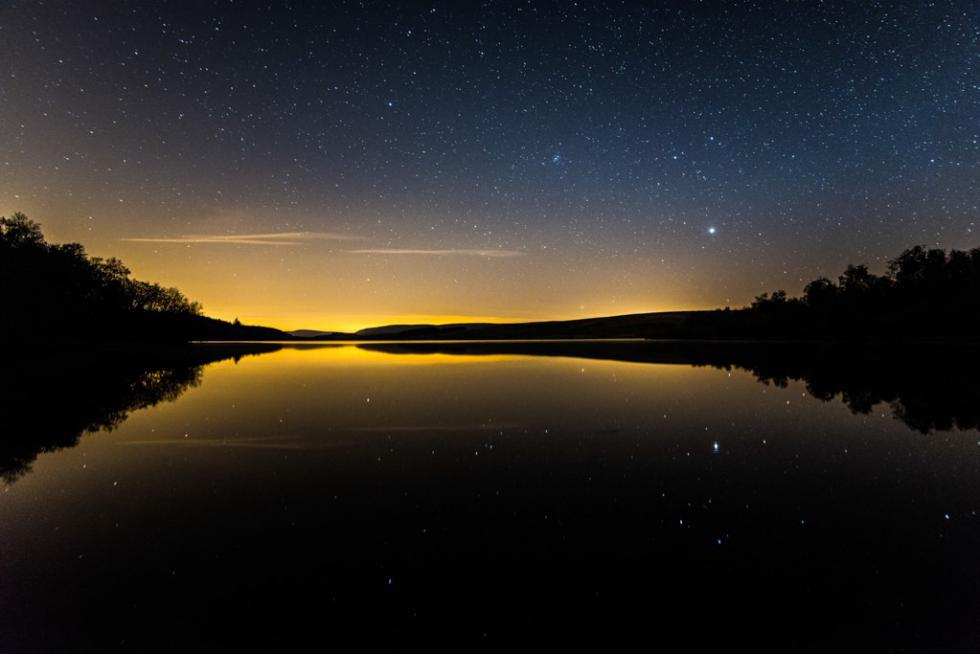 SUMMER: On the plus side, it’s warmer, but the sky doesn’t get properly dark during June and July, so wait until August when you should look out for the Perseids meteor shower around the 13th.
SUMMER: On the plus side, it’s warmer, but the sky doesn’t get properly dark during June and July, so wait until August when you should look out for the Perseids meteor shower around the 13th.
AUTUMN: Dark skies return and with them, your chance to see fainter objects like the Andromeda Galaxy – the furthest object from earth that is (just) visible with the naked eye. Look for a faint blotch in the sky just above the constellation of Pegasus on moonless nights.
Images by Matthew Savage www.facebook.com/matthewsavagephoto
Copy written by Robert Ince https://twitter.com/robbieince
Further Information
Local Observatories:
- Jeremiah Horrocks Observatory, Moor Park, Preston: The observatory is open on the third Thursday of each month from September to April (except for December). For further information visit: Preston and District Astronomical Society website
- Alston Observatory, Alston Ln, Preston PR3 3BP. The Alston Observatory is the teaching and public outreach facility of the Jeremiah Horrocks Institute, UClan. All visits must be pre-booked as Alston Observatory is not an open site. The observatory is open to the public 1st Wednesday of each month from September to April.
An excellent resource which aims to help people find amazing stargazing locations and events whilst supporting event co-ordinators such as astronomical societies and observatories in promoting their events to the wider public. http://gostargazing.co.uk/
Obtrusive Lighting Position Statement (added April 2016)
If you are a business interested in becoming 'Dark Sky Friendly' or running star gazing events please contact hetty.byrne@lancashire.gov.uk
Apps
There are many astro apps for iPhones, other smartphones and tablets running Android and Windows. They can help you understand the night sky and keep up with events.
Here's a selection:
- Sky Week – regularly updated digest of what's in the sky - www.skyandtelescope.com/observing/ataglance
- Pocket Universe – plenty of features and star maps - http://pocketuniverse.info
- Google Skymap (Android) – identifies the stars using GPS when you hold up the phone to the sky or Skyview (Apple)
- Meteor Shower Calendar – tells you which showers are due and whether the moon will spoil the show
- ISS Detector and ISS Spotter – both will alert you when the ISS is due to pass overhead - Detector (Android) and Spotter (Apple)
- Aurora Alert – predicts possible Northern Lights displays (Android) and Apple

